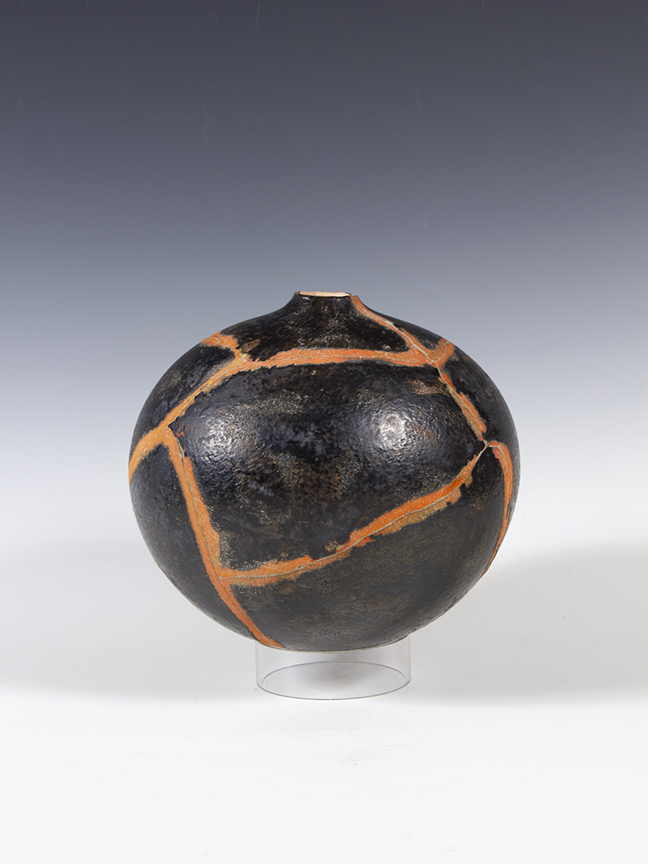
Rick Dillingham
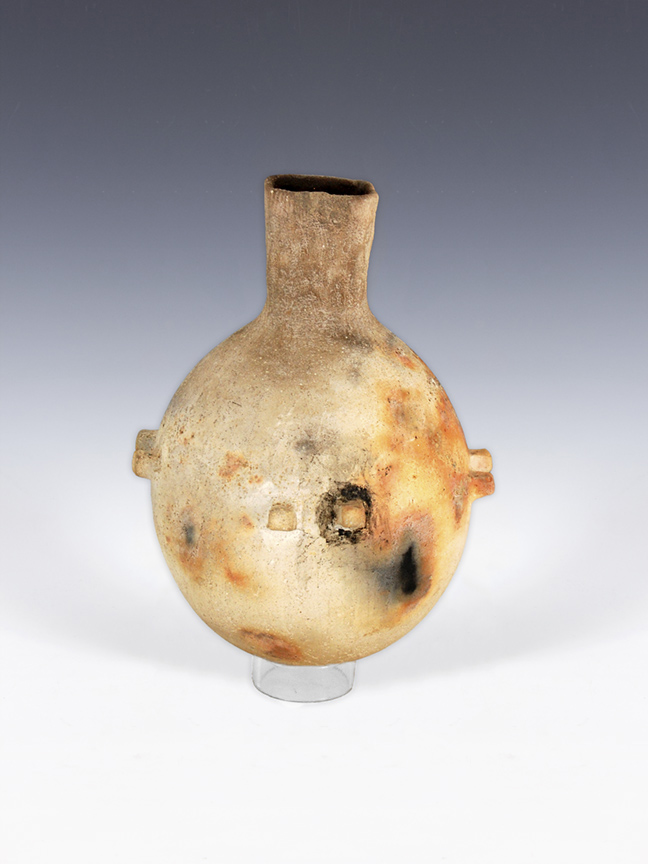
Rick Dillingham
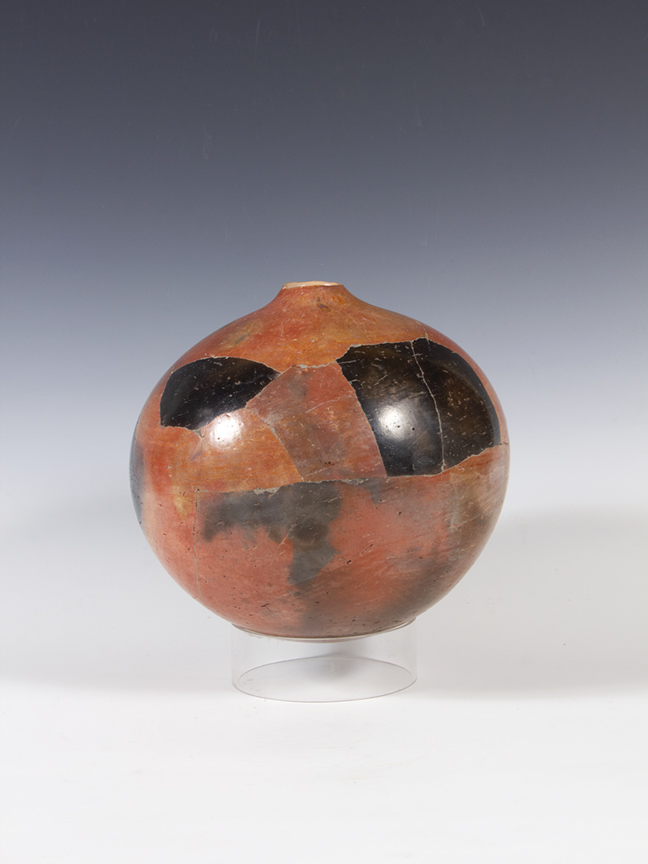
Rick Dillingham
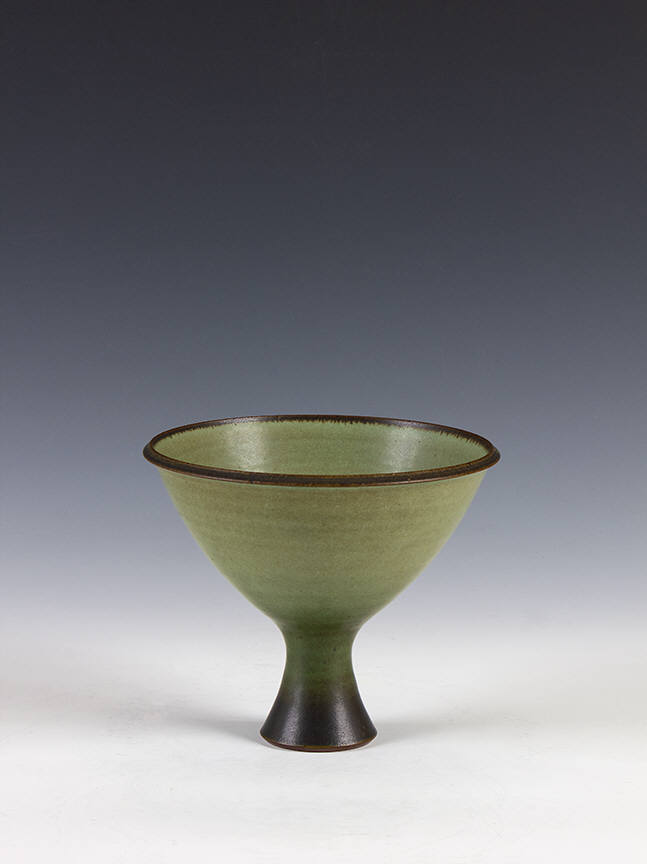
Harrison McIntosh
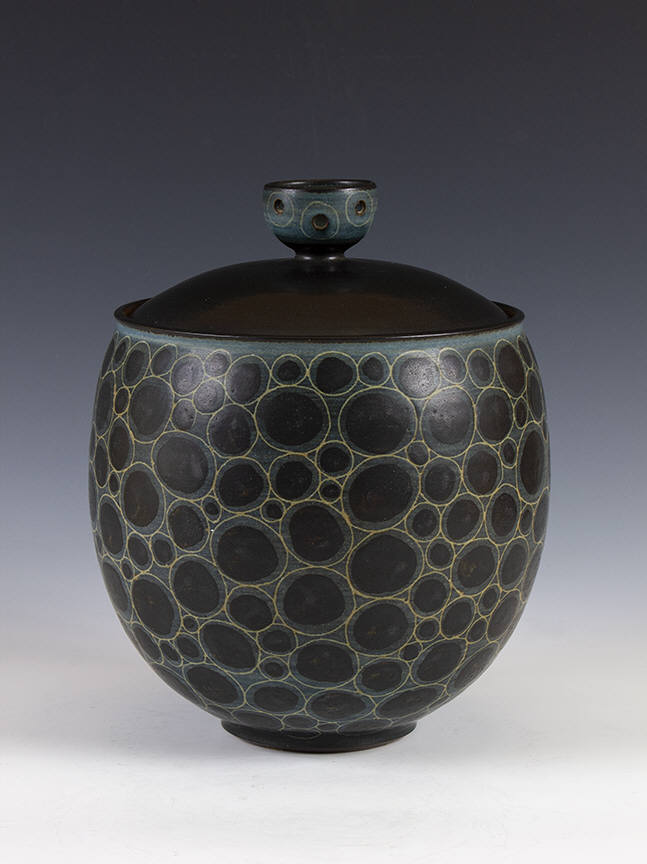
Harrison McIntosh
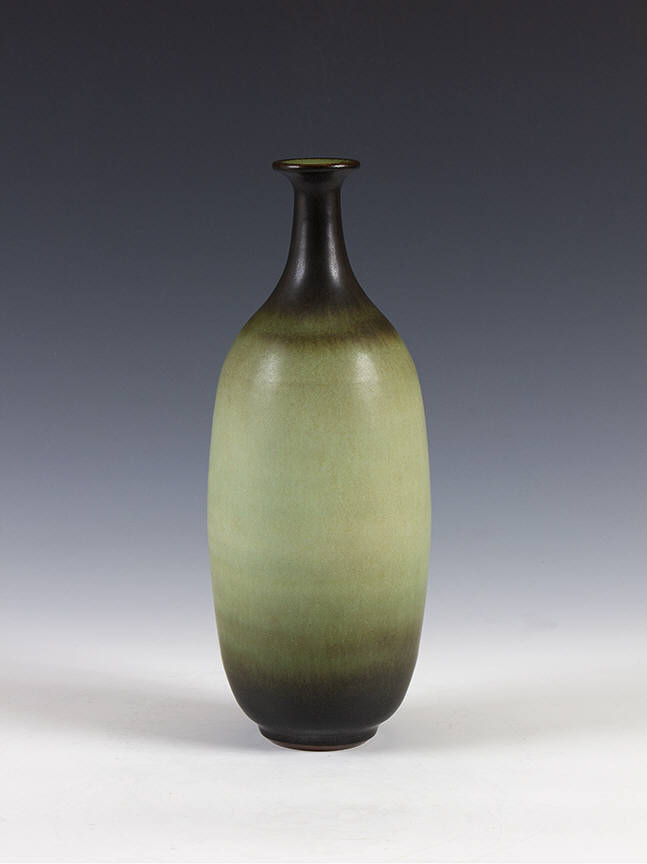
Harrison McIntosh
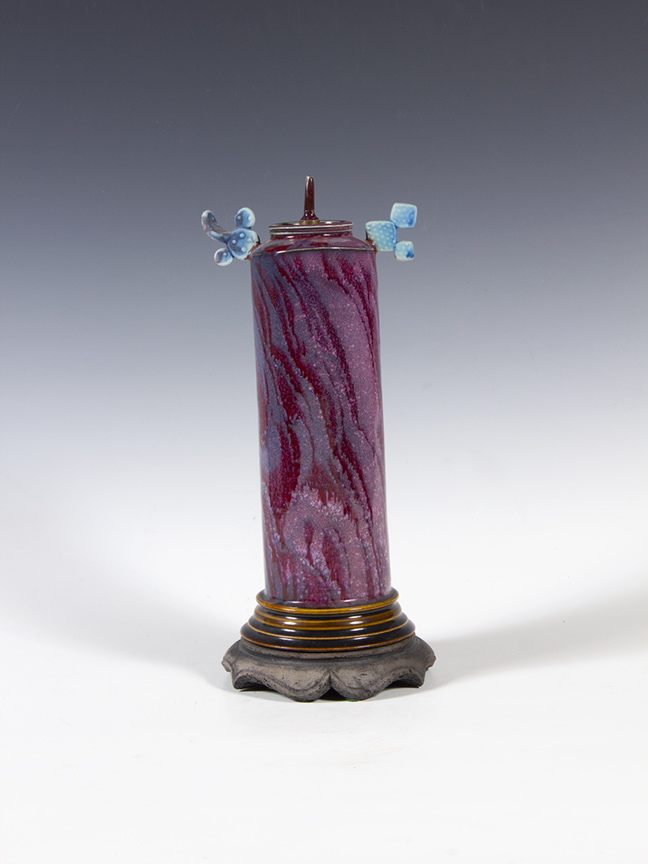
Adrian Saxe
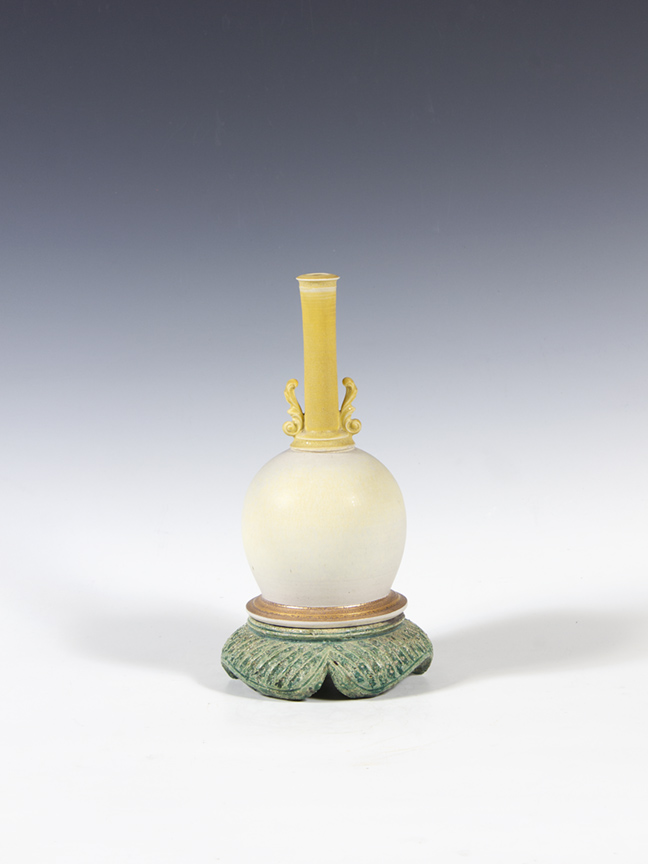
Adrian Saxe
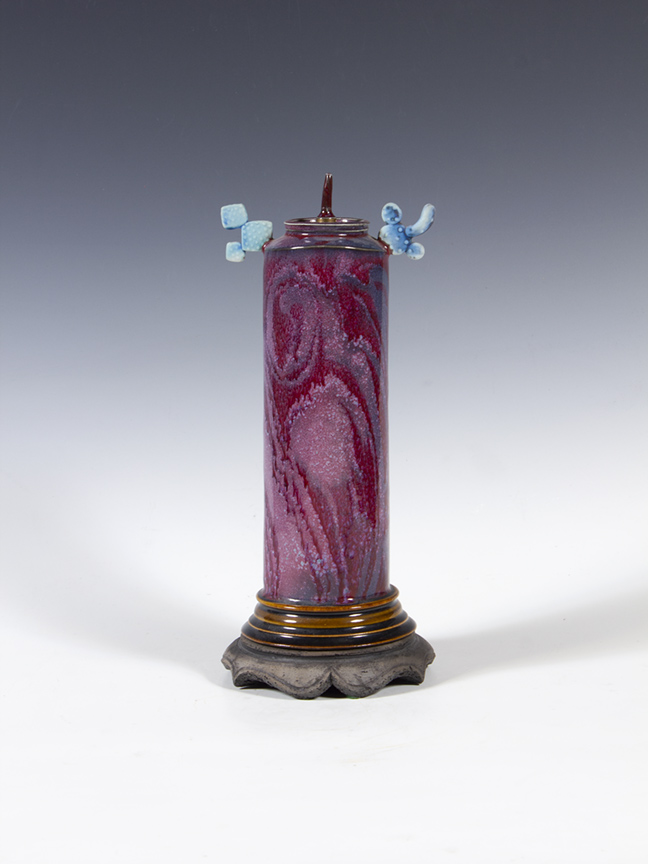
Adrian Saxe
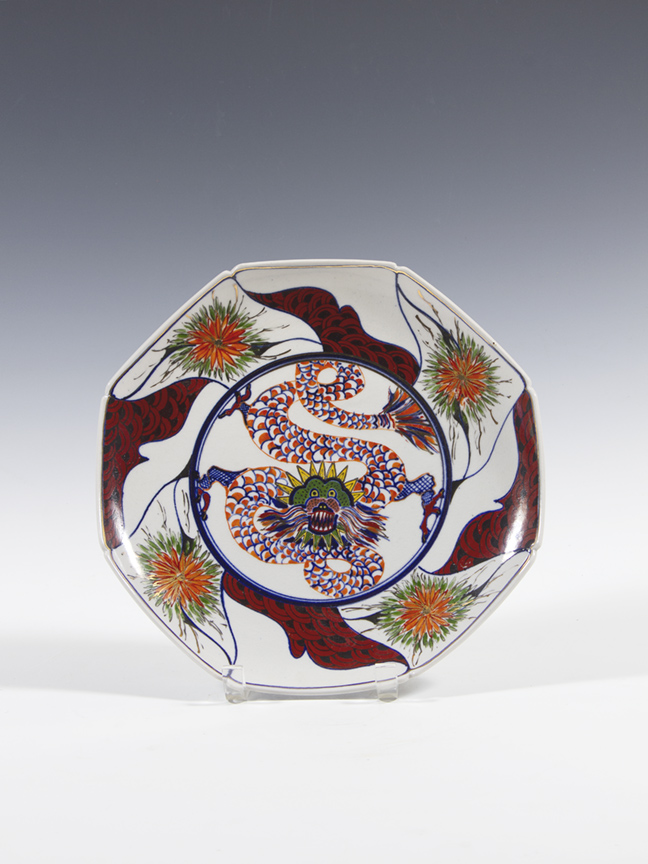
Ralph Bacerra
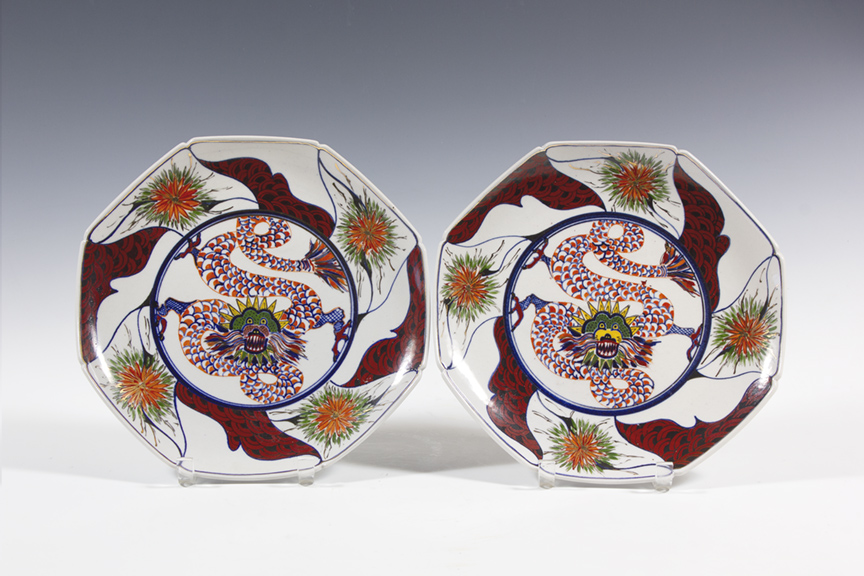
Ralph Bacerra
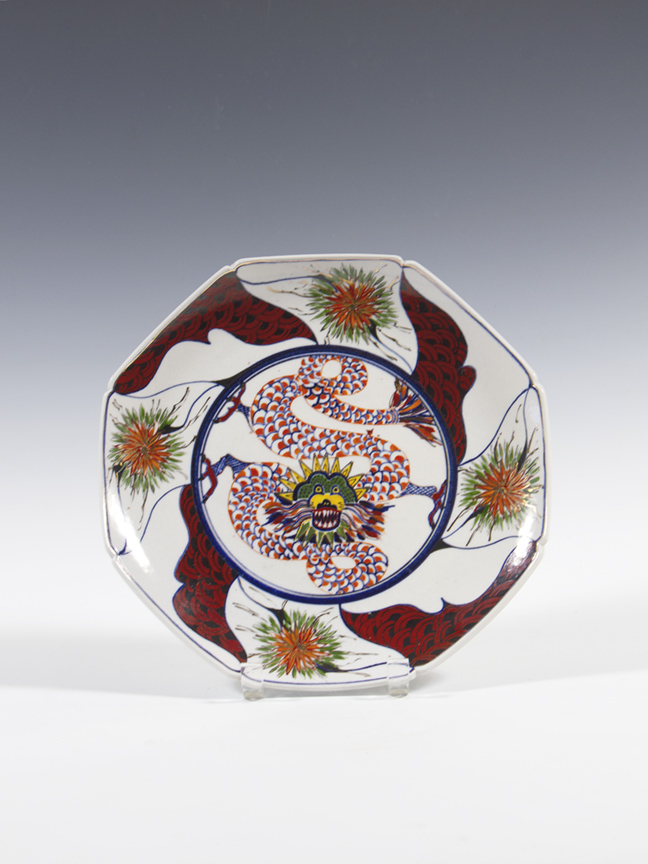
Ralph Bacerra
Classic Ceramics
Ralph Bacerra, Rick Dillingham, Harrison McIntosh, Adrian Saxe
The Frank Lloyd Gallery is proud to present an online-only exhibit of classic American ceramics. The late 20th century marked the rise of the individual studio artist working with clay, and a period of experimentation with diverse historical and cultural sources. The four artists in this current show were leaders, all from different backgrounds, but originally based in Southern California in the mid-20th century. This online show will begin on January 10th and end on February 28th.
Ralph Bacerra brought multiple Asian histories to his work, including celadon from Chinese dynasties and Imari ware from Japan. Bacerra’s work was influenced by his travels to China, Japan, and Taiwan. His work incorporated a multitude of visual experiences, including his investigations of china paint techniques with layered glazes and enameled silver and gold, and celadon works at the National Museum in Taipei. Bacerra, stimulated by the mystery of these objects, incorporated traditional techniques—yet adapted them in his own style.
Rick Dillingham, who had worked with indigenous people and cultures of the American Southwest, brought that knowledge to his own work. Dillingham’s ceramic sculptures were heavily influenced by the ancient indigenous cultures he studied. Excavations of Mimbres sites in southern New Mexico had unearthed beautifully painted low-fired pottery punctured with holes; archaeologists believe these pieces were ritually broken in order to release a spiritual force. Following that example, Dillingham would break and reassemble his ceramic sculpture; creating objects with an extraordinary re-assembled and repaired appearance.
Harrison McIntosh has long been the iconic modernist California studio potter, and melded Asian influences with modern Scandinavian in a wholly unique body of studio pottery. McIntosh was part of the early generation of pioneering ceramic artists, and made a life in Claremont, developing a series of glazes and techniques in a small but resourceful studio.
Adrian Saxe was unique in his work, which ranges from elemental (gourds and bowls) to elaborate (dimensional ampersands and small poised antelopes). He developed a body of work that has myriad references in a post-modern world. In these early works, we see the attention to craft and the artistry of references to ceramic history as well as contemporary life.
Please contact the gallery for more information: info@franklloyd.com
Classic Ceramics
Ralph Bacerra, Rick Dillingham, Harrison McIntosh, Adrian Saxe
The Frank Lloyd Gallery is proud to present an online-only exhibit of classic American ceramics. The late 20th century marked the rise of the individual studio artist working with clay, and a period of experimentation with diverse historical and cultural sources. The four artists in this current show were leaders, all from different backgrounds, but originally based in Southern California in the mid-20th century. This online show will begin on January 10th and end on February 28th.
Ralph Bacerra brought multiple Asian histories to his work, including celadon from Chinese dynasties and Imari ware from Japan. Bacerra’s work was influenced by his travels to China, Japan, and Taiwan. His work incorporated a multitude of visual experiences, including his investigations of china paint techniques with layered glazes and enameled silver and gold, and celadon works at the National Museum in Taipei. Bacerra, stimulated by the mystery of these objects, incorporated traditional techniques—yet adapted them in his own style.
Rick Dillingham, who had worked with indigenous people and cultures of the American Southwest, brought that knowledge to his own work. Dillingham’s ceramic sculptures were heavily influenced by the ancient indigenous cultures he studied. Excavations of Mimbres sites in southern New Mexico had unearthed beautifully painted low-fired pottery punctured with holes; archaeologists believe these pieces were ritually broken in order to release a spiritual force. Following that example, Dillingham would break and reassemble his ceramic sculpture; creating objects with an extraordinary re-assembled and repaired appearance.
Harrison McIntosh has long been the iconic modernist California studio potter, and melded Asian influences with modern Scandinavian in a wholly unique body of studio pottery. McIntosh was part of the early generation of pioneering ceramic artists, and made a life in Claremont, developing a series of glazes and techniques in a small but resourceful studio.
Adrian Saxe was unique in his work, which ranges from elemental (gourds and bowls) to elaborate (dimensional ampersands and small poised antelopes). He developed a body of work that has myriad references in a post-modern world. In these early works, we see the attention to craft and the artistry of references to ceramic history as well as contemporary life.
Please contact the gallery for more information: info@franklloyd.com
Classic Ceramics
Ralph Bacerra, Rick Dillingham, Harrison McIntosh, Adrian Saxe
The Frank Lloyd Gallery is proud to present an online-only exhibit of classic American ceramics. The late 20th century marked the rise of the individual studio artist working with clay, and a period of experimentation with diverse historical and cultural sources. The four artists in this current show were leaders, all from different backgrounds, but originally based in Southern California in the mid-20th century. This online show will begin on January 10th and end on February 28th.
Ralph Bacerra brought multiple Asian histories to his work, including celadon from Chinese dynasties and Imari ware from Japan. Bacerra’s work was influenced by his travels to China, Japan, and Taiwan. His work incorporated a multitude of visual experiences, including his investigations of china paint techniques with layered glazes and enameled silver and gold, and celadon works at the National Museum in Taipei. Bacerra, stimulated by the mystery of these objects, incorporated traditional techniques—yet adapted them in his own style.
Rick Dillingham, who had worked with indigenous people and cultures of the American Southwest, brought that knowledge to his own work. Dillingham’s ceramic sculptures were heavily influenced by the ancient indigenous cultures he studied. Excavations of Mimbres sites in southern New Mexico had unearthed beautifully painted low-fired pottery punctured with holes; archaeologists believe these pieces were ritually broken in order to release a spiritual force. Following that example, Dillingham would break and reassemble his ceramic sculpture; creating objects with an extraordinary re-assembled and repaired appearance.
Harrison McIntosh has long been the iconic modernist California studio potter, and melded Asian influences with modern Scandinavian in a wholly unique body of studio pottery. McIntosh was part of the early generation of pioneering ceramic artists, and made a life in Claremont, developing a series of glazes and techniques in a small but resourceful studio.
Adrian Saxe was unique in his work, which ranges from elemental (gourds and bowls) to elaborate (dimensional ampersands and small poised antelopes). He developed a body of work that has myriad references in a post-modern world. In these early works, we see the attention to craft and the artistry of references to ceramic history as well as contemporary life.
Please contact the gallery for more information: info@franklloyd.com
Classic Ceramics
Ralph Bacerra, Rick Dillingham, Harrison McIntosh, Adrian Saxe
The Frank Lloyd Gallery is proud to present an online-only exhibit of classic American ceramics. The late 20th century marked the rise of the individual studio artist working with clay, and a period of experimentation with diverse historical and cultural sources. The four artists in this current show were leaders, all from different backgrounds, but originally based in Southern California in the mid-20th century. This online show will begin on January 10th and end on February 28th.
Ralph Bacerra brought multiple Asian histories to his work, including celadon from Chinese dynasties and Imari ware from Japan. Bacerra’s work was influenced by his travels to China, Japan, and Taiwan. His work incorporated a multitude of visual experiences, including his investigations of china paint techniques with layered glazes and enameled silver and gold, and celadon works at the National Museum in Taipei. Bacerra, stimulated by the mystery of these objects, incorporated traditional techniques—yet adapted them in his own style.
Rick Dillingham, who had worked with indigenous people and cultures of the American Southwest, brought that knowledge to his own work. Dillingham’s ceramic sculptures were heavily influenced by the ancient indigenous cultures he studied. Excavations of Mimbres sites in southern New Mexico had unearthed beautifully painted low-fired pottery punctured with holes; archaeologists believe these pieces were ritually broken in order to release a spiritual force. Following that example, Dillingham would break and reassemble his ceramic sculpture; creating objects with an extraordinary re-assembled and repaired appearance.
Harrison McIntosh has long been the iconic modernist California studio potter, and melded Asian influences with modern Scandinavian in a wholly unique body of studio pottery. McIntosh was part of the early generation of pioneering ceramic artists, and made a life in Claremont, developing a series of glazes and techniques in a small but resourceful studio.
Adrian Saxe was unique in his work, which ranges from elemental (gourds and bowls) to elaborate (dimensional ampersands and small poised antelopes). He developed a body of work that has myriad references in a post-modern world. In these early works, we see the attention to craft and the artistry of references to ceramic history as well as contemporary life.
Please contact the gallery for more information: info@franklloyd.com
Frank Lloyd Gallery
131 N. San Gabriel Blvd, 103
Pasadena, California 91107 USA
PH: 626 535-9377











